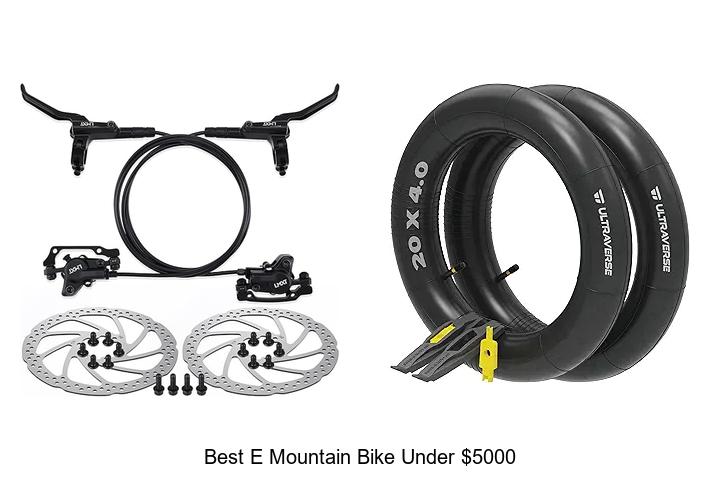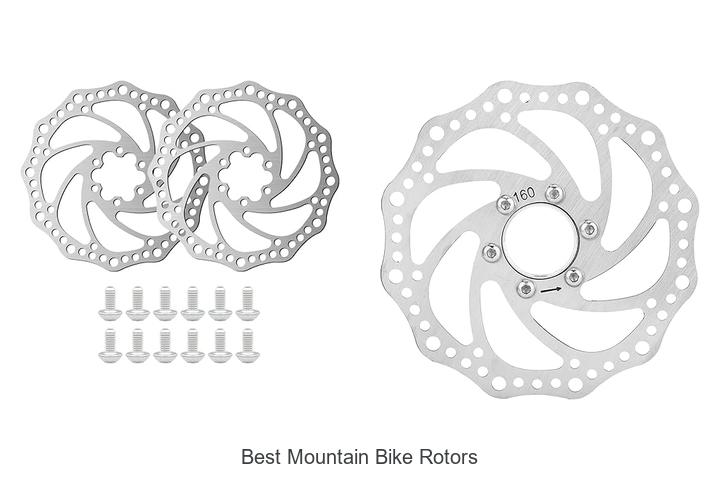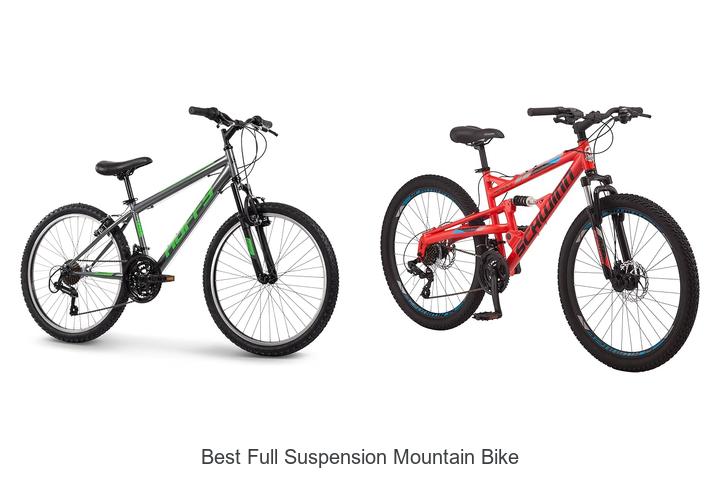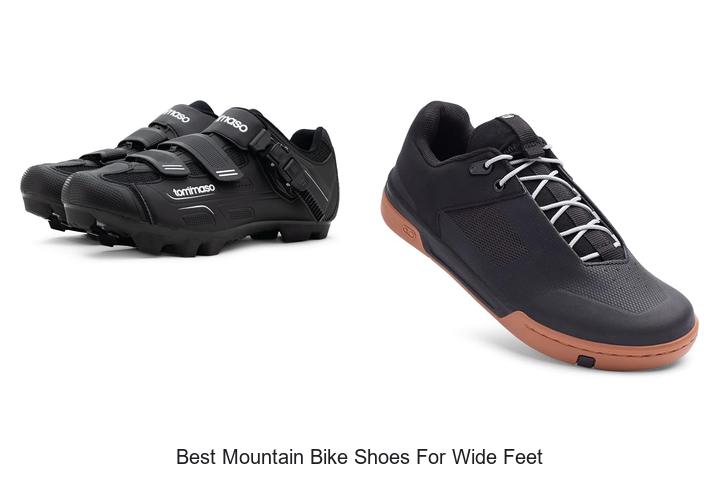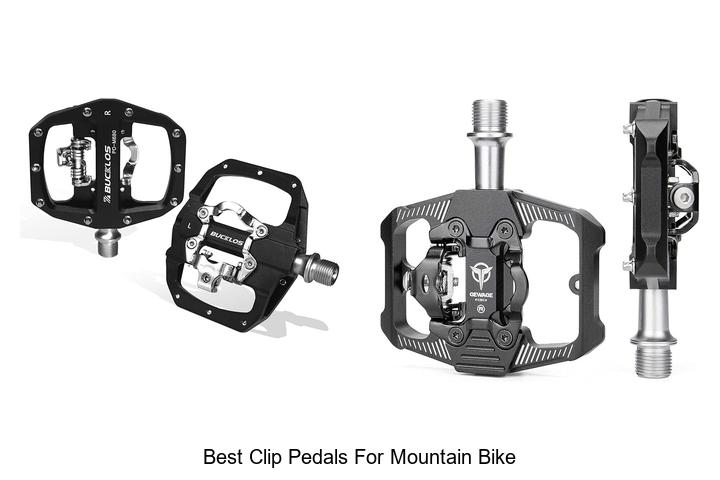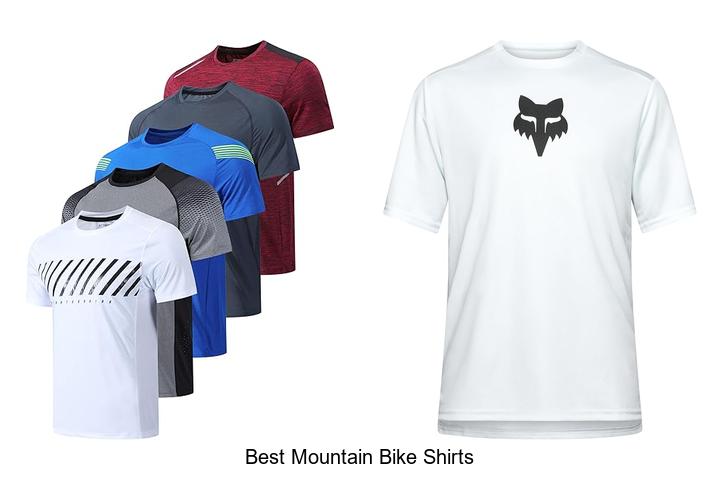What Is a Mountain Bike? Key Features and Benefits Explained
Key Takeaways
- Mountain bikes are specifically designed for off-road cycling, featuring sturdy frames, wide knobby tires, and suspension systems that provide durability, control, and comfort on rough terrain.
- Core components like front and full suspension, hydraulic disc brakes, and lower gear ratios enhance performance on challenging trails and steep climbs.
- Different types of mountain bikes—cross-country, trail, downhill, and fat bikes—cater to varied riding styles and terrain conditions, from speed-focused rides to steep descents and soft surfaces.
- Riding a mountain bike offers significant health benefits, including improved cardiovascular fitness, muscle strength, balance, and mental well-being, while promoting social connections and environmental sustainability.
- Choosing the right mountain bike involves considering frame material and size, suspension type and travel, tire width and type, gearing, brakes, and bike type based on your riding style and terrain preferences.
If you love exploring trails and tackling rough terrain, a mountain bike is your best companion. Designed specifically for off-road cycling, mountain bikes are built to handle dirt paths, rocks, and steep climbs with ease. They offer durability and control that standard bikes just can’t match.
You’ll find mountain bikes equipped with features like sturdy frames, wide tires, and suspension systems that absorb shocks from uneven surfaces. Whether you’re a beginner or an experienced rider, understanding what makes a mountain bike unique can help you choose the right one for your adventures. Ready to dive into the world of mountain biking? Let’s explore what sets these bikes apart and why they’re perfect for your next outdoor challenge.
What Is a Mountain Bike?
A mountain bike is a specially designed bicycle built for off-road cycling on rough terrain. It features a sturdy frame made from materials like aluminum or carbon fiber, providing durability and strength. You’ll find wide, knobby tires that improve traction on dirt, rocks, and uneven surfaces. Suspension systems, including front suspension forks and rear shock absorbers, enhance control and comfort by absorbing shocks from bumps and drops.
Mountain bikes typically come with lower gear ratios to help you climb steep hills with less effort. They use powerful disc brakes for reliable stopping power in all weather and trail conditions. The handlebars are wide and flat, offering stability and better handling during technical rides. This combination of components makes mountain bikes ideal for trail riding, cross-country, downhill, and all-mountain adventures.
Choosing a mountain bike depends on the type of terrain and riding style you prefer, but all share core features that deliver durability, control, and performance on off-road trails.
Key Features of Mountain Bikes
Mountain bikes combine specific features that provide durability, control, and comfort on rugged trails. Understanding these elements helps you choose the right bike for your riding needs.
Frame and Suspension
Frames use materials like aluminum or carbon fiber for strength and lightweight performance. Suspension types include:
- Hardtail: front suspension forks absorb shocks from rough terrain.
- Full suspension: front and rear shocks improve comfort and control on technical trails.
Suspension travel ranges from 80mm for cross-country to over 150mm for downhill riding, matching the trail difficulty and your riding style.
Tires and Wheels
Tires feature wide, knobby treads for maximum traction on loose and uneven surfaces. Common widths range from 2.1 to 2.5 inches, providing stability. Wheels typically measure 27.5 or 29 inches, each offering advantages in maneuverability and roll-over capability.
Tubeless tire setups reduce punctures and allow lower air pressures for better grip without pinch flats.
Gearing and Brakes
Mountain bikes use lower gear ratios to tackle steep inclines with ease. Drivetrains commonly include 1x or 2x crankset configurations, balancing simplicity and gear range.
Hydraulic disc brakes deliver powerful, consistent stopping ability in all conditions and terrains. Their modulation and reliability make them the standard for safe mountain biking performance.
Types of Mountain Bikes
Mountain bikes come in various types, each designed for specific terrain and riding styles. Understanding these types helps you choose a bike that fits your needs and riding goals.
Cross-Country (XC) Bikes
Cross-country bikes emphasize speed and efficiency, making them ideal for varied terrain with moderate climbs and descents. You’ll find lightweight frames, usually hardtail or short-travel full suspension, with 80-120mm of suspension travel. XC bikes feature narrow, fast-rolling tires for easier pedaling and longer rides. Their geometry favors a more aggressive riding position for better power transfer on climbs.
Trail Bikes
Trail bikes balance climbing ability and descending performance, offering versatility for most singletrack trails. Expect mid-travel suspension between 120-150mm for absorbing rough terrain without sacrificing pedaling efficiency. Full suspension frames improve control and comfort. Wider tires with knobby tread enhance grip, suitable for mixed conditions. Trail bike geometry is more relaxed, providing stability and confidence on technical descents.
Downhill Bikes
Downhill bikes specialize in steep, technical descents and rough terrain. They feature heavy-duty frames and long-travel suspension, typically 200mm or more, with advanced damping systems. These bikes have slack geometry for maximum stability at high speeds and aggressive braking. Tires are wide with aggressive tread patterns for superior traction on loose surfaces. You’ll sacrifice climbing performance for downhill control and durability.
Fat Bikes
Fat bikes suit soft or unstable surfaces like snow, sand, and mud. Their key feature is oversized tires, usually 3.8 inches or wider, running at low pressures for maximum flotation and grip. Frames accommodate these wide tires with extra clearance and often come as rigid or hardtail setups. Fat bikes excel in environments where traction is limited, offering a stable and confident ride in extreme conditions.
Benefits of Riding a Mountain Bike
Riding a mountain bike improves cardiovascular fitness, building heart and lung strength through consistent aerobic activity. Developing muscle strength, especially in your legs, core, and arms, supports endurance and stability on varied terrains. Enhancing balance and coordination comes naturally as you navigate uneven trails, improving overall body control.
Exploring nature off-road enables stress reduction and mental well-being by providing a break from urban environments and digital distractions. Increasing social connections occurs when riding with groups or clubs, fostering community and shared outdoor experiences. Boosting confidence follows as you master challenging trails and technical skills over time.
Gaining adaptability to different surfaces and weather conditions makes your riding versatile across seasons. Promoting environmentally friendly transport options aligns with sustainability goals, reducing reliance on motor vehicles for short trips. Enhancing technical skills through practice with gears, brakes, and suspension settings sharpens your ability to handle complex situations confidently.
How to Choose the Right Mountain Bike
Selecting the right mountain bike depends on your riding style, terrain, and skill level. Consider the following factors to match your needs with the best bike features.
1. Frame Material and Size
Choose aluminum frames for lightweight durability or carbon fiber for added strength and reduced weight. Ensure the frame size fits your height to maintain control and comfort.
2. Suspension Type
Pick a hardtail if you prefer efficiency and less maintenance on smoother trails. Opt for full suspension if you tackle technical, rough terrain for better shock absorption and control.
3. Suspension Travel
Select suspension travel based on trail difficulty: 80-120mm for cross-country, 120-150mm for trail riding, and over 160mm for downhill.
4. Tire Width and Type
Use wider, knobby tires (2.3-2.6 inches) for enhanced traction on loose surfaces. Consider tubeless setups to reduce flats and improve grip.
5. Gearing and Brakes
Focus on lower gear ratios for steep climbs and hydraulic disc brakes for reliable stopping power in all conditions.
6. Bike Type Based on Riding Purpose
Choose cross-country bikes for speed and climbs with lightweight frames. Pick trail bikes for balanced performance. Downhill bikes suit steep descents with reinforced frames. Fat bikes excel on soft terrain due to oversized tires.
Assess your typical rides and terrain before deciding. Matching these key features with your goals makes your mountain biking experience safer and more enjoyable.
Conclusion
Choosing a mountain bike that fits your riding style and terrain can transform your outdoor adventures. With the right features, you’ll enjoy greater control, comfort, and confidence on every trail. Whether you’re tackling steep climbs or rugged descents, your mountain bike is designed to handle the challenge.
Embracing mountain biking not only improves your fitness but also connects you with nature and a vibrant community. By investing time in understanding your options, you set yourself up for a safer, more rewarding ride every time you hit the trail.
